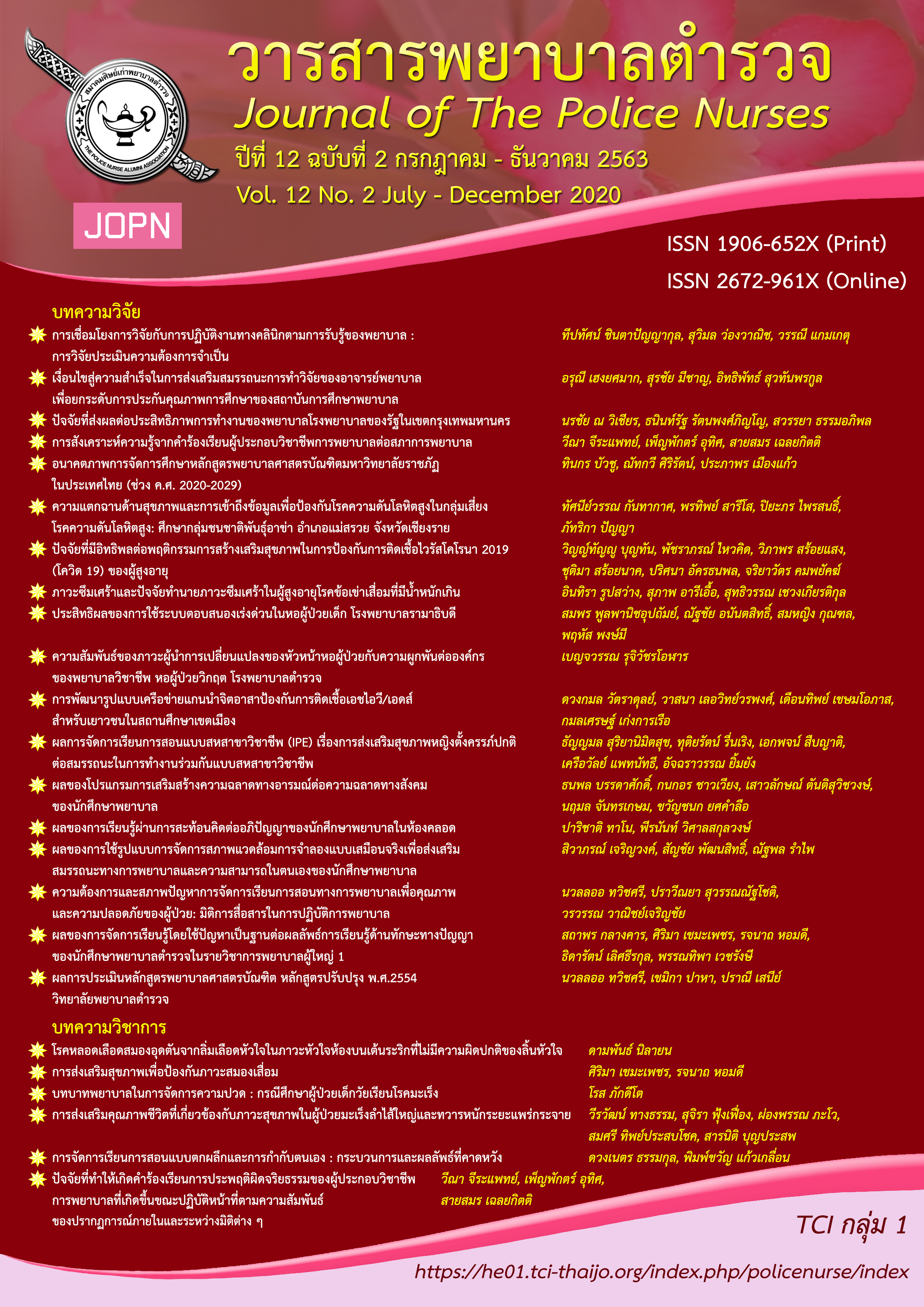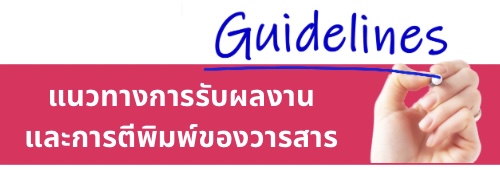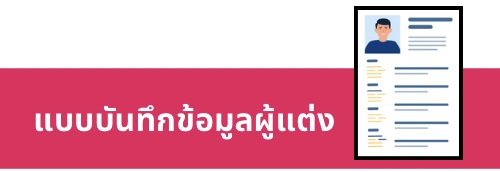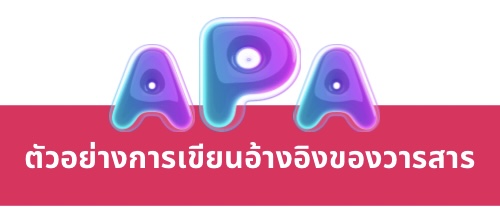โรคหลอดเลือดสมองอุดตันจากลิ่มเลือดหัวใจในภาวะหัวใจห้องบนเต้นระริกที่ไม่มีความผิดปกติของลิ้นหัวใจ
คำสำคัญ:
โรคหลอดเลือดสมองอุดตันจากลิ่มเลือดหัวใจ, หัวใจห้องบนเต้นระริก, ยาต้านการแข็งตัวของเลือดบทคัดย่อ
ภาวะหัวใจห้องบนเต้นระริกเป็นหนึ่งในสาเหตุสำคัญของการเกิดโรคหลอดเลือดสมองอุดตันจากลิ่มเลือดหัวใจ มีอัตราการเป็นซ้ำและการเกิดความพิการและความตายสูง การใช้ยาต้านการแข็งตัวของเลือดโดยเฉพาะยา Warfarin มีความสำคัญในการป้องกันการเป็นซ้ำของโรค ปัจจุบันมียาต้านการแข็งตัวของเลือดชนิดรับประทานรุ่นใหม่ที่ใช้ป้องกันการเป็นซ้ำของภาวะหัวใจห้องบนเต้นระริกที่ไม่มีความผิดปกติของลิ้นหัวใจ ได้แก่ direct thrombin inhibitor และ factor Xa inhibitor ยากลุ่มนี้มีประสิทธิภาพไม่แพ้ไปกว่ายา Warfarin ในการป้องกันการเป็นซ้ำและมีความเสี่ยงในการเกิดเลือดออกในสมองน้อยกว่า การเลือกการใช้ยากลุ่มนี้จึงต้องประเมินความเสี่ยงของการเกิดเลือดออกที่เป็นผลมาจากยา และพิจารณาตามปัจจัยทางคลินิกของผู้ป่วย นอกจากนี้ การดูแลรักษาปัจจัยเสี่ยงพื้นฐานอื่นของโรคหลอดเลือดสมองก็มีความสำคัญเช่นเดียวกัน
Downloads
เอกสารอ้างอิง
Active Investigators. (2009). Effect of clopidogrel added to aspirin in patients with atrial fibrillation. New England Journal of Medicine, 360(20), 2066-2078.
Albers, G. W., Marks, M. P., Kemp, S., Christensen, S., Tsai, J. P., Ortega-Gutierrez, S., . . . Sarraj, A. (2018). Thrombectomy for stroke at 6 to 16 hours with selection by perfusion imaging. New England Journal of Medicine, 378(8), 708-718.
Amarenco, P., Kim, J. S., Labreuche, J., Charles, H., Abtan, J., Béjot, Y., . . . Guidoux, C. (2020). A comparison of two LDL cholesterol targets after ischemic stroke. New England Journal of Medicine, 382(1), 9-19.
American Diabetes Association. (2020). 6 Glycemic Targets: Standards of Medical Care in Diabetes-2020. Diabetes Care, 43(Suppl 1), S66.
Anderson, D. C., Kappelle, L. J., Eliasziw, M., Babikian, V. L., Pearce, L. A., & Barnett, H. J. M. (2002). Occurrence of hemispheric and retinal ischemia in atrial fibrillation compared with carotid stenosis. STROKE-DALLAS, 33(8), 1963-1967.
Campbell, B., Ma, H., Ringleb, P. A., Parsons, M. W., Churilov, L., Bendszus, M., . . . EXTEND, ECASS-4, and EPITHET Investigators (2019). Extending thrombolysis to 4·5-9 h and wake-up stroke using perfusion imaging: a systematic review and meta-analysis of individual patient data. Lancet (London, England), 394(10193), 139–147. https://doi.org/10.1016/S01406736(19)31053-0
Connolly, S. J., Ezekowitz, M. D., Yusuf, S., Eikelboom, J., Oldgren, J., Parekh, A., . . . Wang, S. (2009). Dabigatran versus warfarin in patients with atrial fibrillation. New England Journal of Medicine, 361(12), 1139-1151.
Giugliano, R. P., Ruff, C. T., Braunwald, E., Murphy, S. A., Wiviott, S. D., Halperin, J. L., . . . Ruzyllo, W. (2013). Edoxaban versus warfarin in patients with atrial fibrillation. New England Journal of Medicine, 369(22), 2093-2104.
Granger, C. B., Alexander, J. H., Mcmurray, J. J., Lopes, R. D., Hylek, E. M., Hanna, M., . . . Bahit, M. C. (2011). Apixaban versus warfarin in patients with atrial fibrillation. New England Journal of Medicine, 365(11), 981-992.
Johnston, S. C., Amarenco, P., Denison, H., Evans, S. R., Himmelmann, A., James, S., . . . Wang, Y. (2020). Ticagrelor and aspirin or aspirin alone in acute ischemic stroke or TIA. New England Journal of Medicine, 383(3), 207-217.
Johnston, S. C., Easton, J. D., Farrant, M., Barsan, W., Conwit, R. A., Elm, J. J., . . . Palesch, Y. Y. (2018). Clopidogrel and aspirin in acute ischemic stroke and high-risk TIA. New England Journal of Medicine, 379(3), 215-225.
Kernan, W. N., Viscoli, C. M., Furie, K. L., Young, L. H., Inzucchi, S. E., Gorman, M., . . . Brass, L. M. (2016). Pioglitazone after ischemic stroke or transient ischemic attack. New England Journal of Medicine, 374, 1321-1331.
Lip, G. Y., Banerjee, A., Boriani, G., En Chiang, C., Fargo, R., Freedman, B., . . . Patel, S. (2018). Antithrombotic therapy for atrial fibrillation: Chest guideline and expert panel report. Chest, 154(5), 1121-1201.
Lip, G. Y., Keshishian, A., Li, X., Hamilton, M., Masseria, C., Gupta, K., . . . Pan, X. (2018). Effectiveness and safety of oral anticoagulants among nonvalvular atrial fibrillation patients: The ARISTOPHANES study. Stroke, 49(12), 2933-2944.
Lip, G. Y., & Lane, D. A. (2015). Stroke prevention in atrial fibrillation: A systematic review. Jama, 313(19), 1950-1962.
Li, Y. G., & Lip, G. Y. (2018). Anticoagulation resumption after intracerebral hemorrhage. Current Atherosclerosis Reports, 20(7), 32.
Mac Grory, B., Flood, S., Schrag, M., Paciaroni, M., & Yaghi, S. (2019). Anticoagulation resumption after stroke from atrial fibrillation. Current atherosclerosis reports, 21(8), 29.
Mach, F., Baigent, C., Catapano, A. L., Koskinas, K. C., Casula, M., Badimon, L., . . . Wiklund, O. (2019). 2019 ESC/EAS Guidelines for the management of dyslipidaemias: Lipid modification to reduce cardiovascular risk: The task force for the management of dyslipidaemias of the European Society of Cardiology (ESC) and European Atherosclerosis Society (EAS). European Heart Journal, 00, 1-78. doi:10.1093/eurheartj/ehz455
Marini, C., De Santis, F., Sacco, S., Russo, T., Olivieri, L., Totaro, R., & Carolei, A. (2005). Contribution of atrial fibrillation to incidence and outcome of ischemic stroke: Results from a population-based study. Stroke, 36(6), 1115-1119.
Mtwesi, V., & Amit, G. (2019). Stroke prevention in atrial fibrillation: The role of oral anticoagulation. Medical Clinics, 103(5), 847-862.
Nogueira, R. G., Jadhav, A. P., Haussen, D. C., Bonafe, A., Budzik, R. F., Bhuva, P., . . . Sila, C. A. (2018). Thrombectomy 6 to 24 hours after stroke with a mismatch between deficit and infarct. New England Journal of Medicine, 378(1), 11-21.
Patel, M. R., Mahaffey, K. W., Garg, J., Pan, G., Singer, D. E., Hacke, W., . . . Becker, R. C. (2011). Rivaroxaban versus warfarin in nonvalvular atrial fibrillation. New England Journal of Medicine, 365(10), 883-891.
Saxena, R., Lewis, S., Berge, E., Sandercock, P. A., Koudstaal, P. J., & International Stroke Trial Collaborative Group. (2001). Risk of early death and recurrent stroke and effect of heparin in 3169 patients with acute ischemic stroke and atrial fibrillation in the International Stroke Trial. Stroke, 32(10), 2333-2337.
Stroke Prevention by Aggressive Reduction in Cholesterol Levels (SPARCL) Investigators. (2006). High-dose atorvastatin after stroke or transient ischemic attack. New England Journal of Medicine, 355(6), 549-559.
Thomalla, G., Simonsen, C. Z., Boutitie, F., Andersen, G., Berthezene, Y., Cheng, B., . . . Ford, I. (2018). MRI-guided thrombolysis for stroke with unknown time of onset. New England Journal of Medicine, 379(7), 611-622.
Toyoda, K., Uchiyama, S., Yamaguchi, T., Easton, J. D., Kimura, K., Hoshino, H., . . . Naritomi, H. (2019). Dual antiplatelet therapy using cilostazol for secondary prevention in patients with high-risk ischaemic stroke in Japan: A multicentre, open-label, randomised controlled trial. The Lancet Neurology, 18(6), 539-548.
Wang, Y., Wang, Y., Zhao, X., Liu, L., Wang, D., Wang, C., . . . Jia, J. (2013). Clopidogrel with aspirin in acute minor stroke or transient ischemic attack. New England Journal of Medicine, 369, 11-19.
Wolf, P. A., Abbott, R. D., & Kannel, W. B. (1987). Atrial fibrillation: A major contributor to stroke in the elderly: The Framingham study. Archives of internal medicine, 147(9), 1561-1564.
Yang, P., Zhang, Y., Zhang, L., Zhang, Y., Treurniet, K. M., Chen, W., . . . Yin, C. (2020). Endovascular thrombectomy with or without intravenous alteplase in acute stroke. New England Journal of Medicine, 382(21), 1981-1993.
ดาวน์โหลด
เผยแพร่แล้ว
รูปแบบการอ้างอิง
ฉบับ
ประเภทบทความ
สัญญาอนุญาต
ผลงานที่ได้ตีพิมพ์แล้วจะเป็นลิขสิทธิ์ของวารสารพยาบาลตำรวจ















